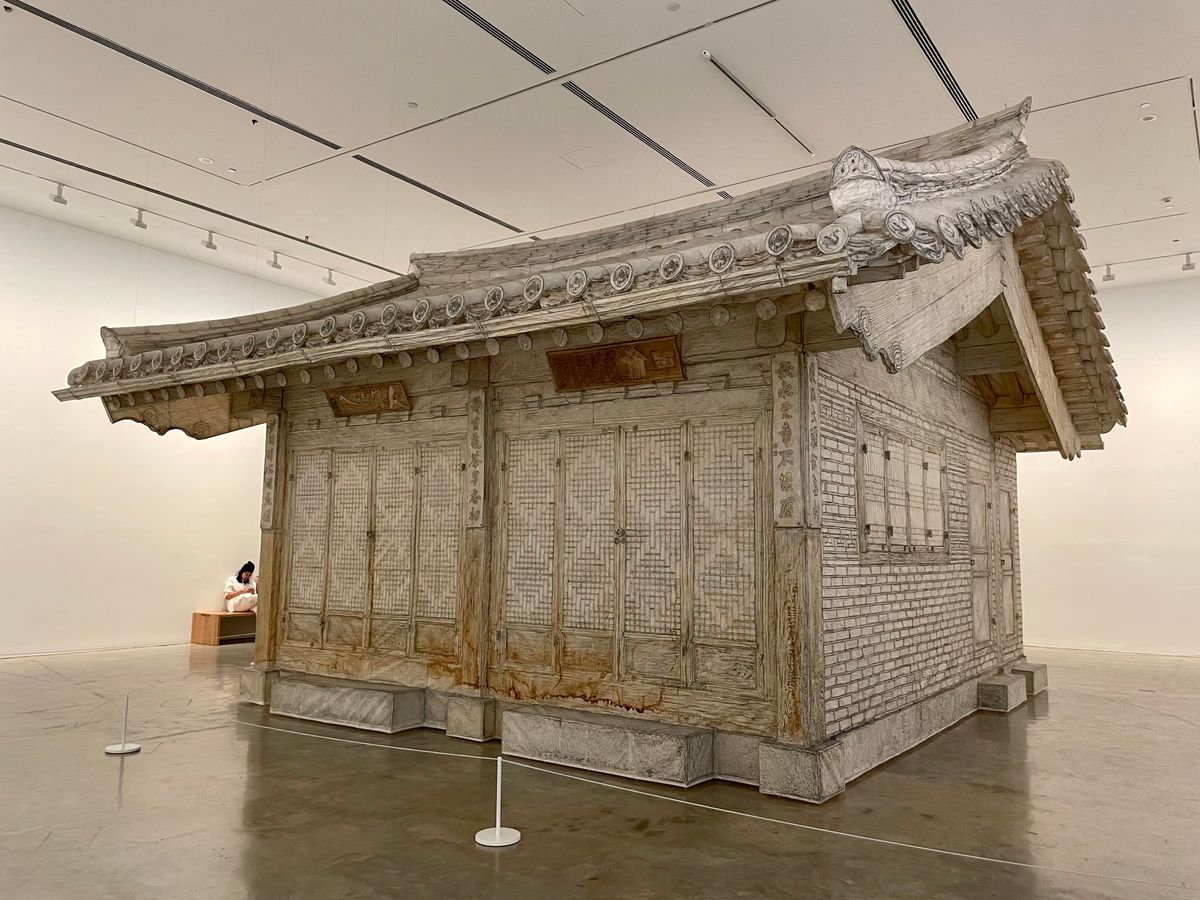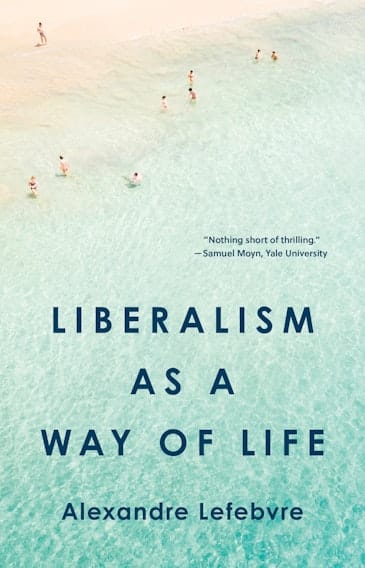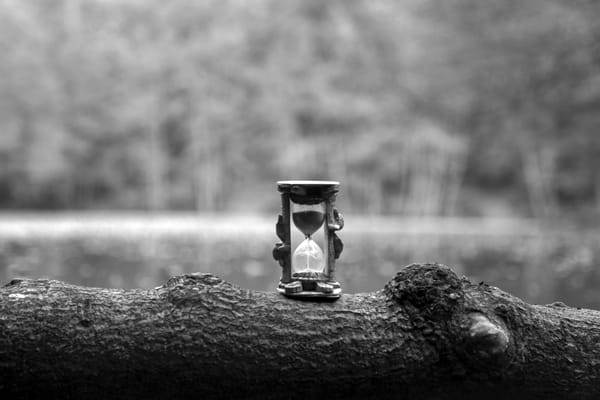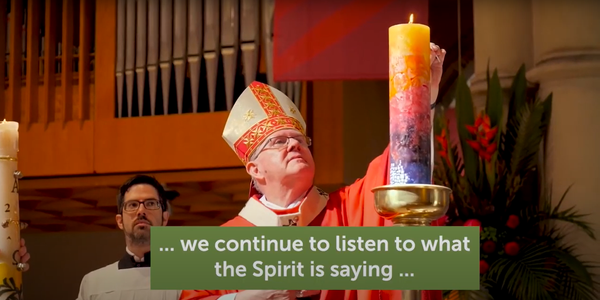'Home is what we carry with us' // The anti-monuments of Do Ho Suh
Kamila Soh reviews the South Korean artist's first exhibition in the Southern Hemisphere, at the Museum of Contemporary Art, Sydney.

South Korean artist Do Ho Suh carries his home with him wherever he goes. He is best known for what he terms his "translucent fabric homes"—full-sized replicas of the places he has lived in, rendered in coloured panels of sheer fabric. Whether it may be a floating shell of his childhood home, or interconnecting structures of corridors and foyers, these large-scale works are made to be collapsed into suitcases and teleported to Suh’s next destination.
These sculptures grew out of Suh’s experience of cultural displacement, when he moved from Seoul to the United States to study at the Rhode Island School of Design. At the time, Suh lived in an apartment across the road from a fire station. Sleep-deprived from the constant noise, he found himself longing for the last place where he was able to sleep in peace: his home in Korea. It was here that Suh conceived of the idea of recreating the ambiance of his home in fabric, expressing his belief that architecture is an extension of clothing, the “smallest, most intimate inhabitable space that you can actually carry.”
Suh does not intend for these works to be a mere recording of physical space. Instead, he is interested in how these spaces imply movement and memory— or in his words, the “forces and flows you may feel but cannot really see.” In creating his first Korean house project, Suh spoke of how the act of measuring the space became a form of remembrance, as he found marks that he made as a child and relived the memories of his youth. Yet, he also recognised that in leaving for the United States, the home that he came back to measure and render in his sculptures would never be the same as it was before.
This poignant acknowledgment is perhaps the reason why his sculptures seem so detached and ghost-like. His first ever translucent fabric home project, Seoul Home/L.A. Home/N. Y. Home/Baltimore Home/London Home/Seattle Home, 1999, is a meticulously detailed, life-scale model of his childhood home in Korea. One can clearly see the outline of a house, with its latticed woodwork, windows and door frames stitched onto voluminous sheets of green silk. But as one moves closer, they realise that is all there is to the house, with no internal walls and no floors, so that one can see right through to the rafters of its silken roof. It is an empty husk; a mere shell of a house suspended from the ceiling. For a project that seemed so personal, it is decidedly abstracted and dematerialised—an embodiment of displacement itself.
One could say that the reason why Suh’s work resonates with people today is that so many can relate to the displacement and nostalgia that Suh expresses. Suh’s phrase, “Home is what we carry with us,” sounds very much like its more familiar trope, “Home is where the heart is.” While we would not necessarily say it word for word, it is perhaps one of the defining sentiments of our generation. How many of us have considered, or have already made the move interstate or abroad to pursue opportunities in work, life, and love? Or worse, have been forced to flee home and seek a new one as a refugee? While flying affords us a limitless horizon, it also stretches the limits of what we consider home. Is it where our family resides? Or where we decide to establish our own? Maybe I speak for myself when I say that the problem with home being where the heart is, is that your heart is then split between different places, with no one place ever fully becoming “home.”
I recently saw Suh’s first solo exhibition in the Southern Hemisphere at the Museum of Contemporary Art in Sydney, where I felt like he was especially trying to capture this tension. While I did not get to see the above project of his home, I did get to see two later developments of his translucent fabric home project. The first project was Staircase III, a replica of the stairwell which connected his New York apartment to his landlord’s. This was the landlord who encouraged Suh to do whatever he needed to do in his apartment to create his art, of which included the translucent fabric homes and Rubbing/Loving projects that he is now famous for. He captured this gratitude to his landlord by depicting this single stair hanging from the ceiling, removed from its usual surroundings of rooms and corridors.

With this knowledge, I entered an atmospheric scene, of a single staircase suspended from a sea of red fabric. The translucency of the fabric allowed the gallery lights to flood the space, making it seem airy and dreamlike. The red canopy accentuated the emptiness of the space, encouraging one to examine the stair from different angles. The irony of this "accessibility" though, was that the suspended stair made me feel like its destination would always be out of reach.
Suh’s disinterest in the destination came up again in the Hub Series, an installation dedicated to interstitial spaces from the different homes that Suh has lived in. These corridors, entryways and foyers were distinguished by different colours and connected to form a single passageway to walk through. For Suh, this idea of moving through has become a metaphor for life itself, with these spaces taking on a greater significance than the places they lead to.
Rather than feeling awed by the craftsmanship of these structures, the translucency of the fabric meant that I found myself getting distracted by the people whom I could see inside, and on the other side, of the installation. As I walked through the passageway, I often had to pause and wait, due to people spending too much time photographing and videoing themselves in each section. Instead of relishing in the opportunity to remain still and admire the details of each space, I found myself impatient and compelled towards the movement that these spaces were trying to create.

For an exhibition that dedicated itself to themes like home and identity, these pieces felt very distant and impersonal. Instead of telling a story, it was as if Suh had stripped away intimate details and was relying on abstract notions such as "memory" and "movement" to describe his experiences. I was impressed by the artist’s craftsmanship and dedication to his art, and I understood his intention to capture the poignancy that comes with displacement. I have moved from different cities in my life, so I felt like I could understand where he was coming from. But I could not shake off the fact that in encountering these pieces, I didn’t feel the comfort and rest in knowing that someone understood my experience. Instead, I felt even more restless and haunted—as if I was constantly searching for something more substantial and material that I could hold onto.
Maybe this was precisely what Suh had intended: for you to feel that displacement —the helplessness of being caught up in a constant state of movement, which eventually dissolves each place of its substance until you are only left with memories. This deliberate stance against physical preservation struck me as "anti-monumental", a direct contradiction to what the historian Lewis Mumford called “the human impulse to create everlasting monuments'' and “the desire of the living to perpetuate themselves.”
This idea of the "anti-monument" can only make sense if one steps back in time to view the history of the monument and its denigration over the 20th century. As the art historians Anatole Jakovski and Rosalind E. Krauss suggest, the disintegration of the monument can be traced within the history of sculpture, starting in the late 19th century with the French sculptor Auguste Rodin and works such as the Monument to Balzac, 1891. Rather than creating pristine sculptures to be preserved into the future, Rodin was more concerned with capturing his subjective "impressions" of the present, with grotesque forms and rough surfaces which captured the effects of light and shadow.
Both historians claim that following Rodin, sculpture began to lose its sense of solidity and site-specificity. The onset of modernism produced what Krauss called the "negative condition," where the sculpture became detached from its setting, and self-referential by focusing on its own materiality and process of construction. The works of Romanian sculptor Constantin Brancusi testify to the sculpture going even further to also disintegrate its subject matter, with the body becoming radically fragmented and abstracted for the sake of artistic expression.
While these historic shifts in sculpture reflected a spirit of experimentalism rather than pointed criticism, the knife eventually sharpened against monumentality in the hands of architectural historians such as Mumford. In 1937, he claimed that the attempt to remember through “carving monuments in durable materials” only “wall out life,” resulting in buildings that either confound the work of the living or become completely irrelevant. This desire for the living to perpetuate themselves through monuments was a tendency that belonged to cultures of the past, which were orientated around death and fixity. In contrast, modernity was orientated towards growth, renewal and reproduction: processes which are precisely the opposite of petrification. For Mumford therefore, the notion of a modern monument was a contradiction in terms, with him stating that “if it is a monument, it cannot be modern, and if it is modern, it cannot be a monument.”
Criticisms against the monument were only exacerbated in World War II by its political association with totalitarianism. The legacy of the Nazi regime came to create a new problem for German artists and sculptors of later generations, as explored in the work of the Holocaust scholar James E. Young. Not only was this younger generation skeptical of traditional memorial forms; they were also torn between the ethical duty to remember, and the reality that they themselves were incapable of recalling events that they had never experienced directly. Rather than seeking to capture the memory of the events themselves, the artists sought to remember their own relationship to these past events, using unconventional methods which encouraged viewers to do the same.
An example of this form of "counter-monument" (as Young terms it) is Jochen and Esther Gerz’s "Monument against Fascism," which was installed in Hamburg in 1986 as a response to the rise of Neo-Fascism. The twelve-meter high, one-metre square pillar was clad in lead, with a text panel near the base of a statement against fascism, which read:
We invite the citizens of Harburg, and visitors to the town, to add their names here to ours. In doing so we commit ourselves to remain vigilant. As more and more names cover this 12 metre-high lead column, it will gradually be lowered into the ground. One day it will have disappeared completely and the site of the Harburg monument against fascism will be empty. In the long run, it is only we ourselves who can stand up against injustice.
As of today, all that is left of the monument is its top surface and its statement. Without the physical presence of the column, the responsibility of memory is thrust upon those who carved out their promises to “remain vigilant” and remember.
To design a monument to be impressed upon by others, then lowered into the ground, is a challenge to the very premise of a monument, which we often associate with a permanent, rarefied object. Yet, despite its efforts to dissolve itself, it cannot shake off its strong association with place, reflecting something of the traditional monument. As a monument situated in Hamburg—a city which had the largest Jewish community in Germany before the war—it holds a deeper significance for the city and its citizens in raising the responsibility against Neo-Nazism, than it would if it were anywhere else.
Suh’s works, on the other hand, speak more directly to the state of homelessness - which Krauss refers to in her concept of the "negative condition" - by making portability a key aspect of his structures. His use of diaphanous materials also adds to the dissolution of substance, emphasising that memories are only ever phantasms of the places themselves. As art critic Frances Richard has observed:
A bastion of stability—the childhood home—reimagined to fold into a suitcase, Seoul Home. . . is typical of Suh’s work in that it both physicalizes and undercuts nostalgia; it’s an anti-monument that calls attention to its own immaterial foundations, its construction as wish… Each time the piece is shown, its link to an original or fixed location is further diluted, and the virgules that punctuate its title multiply until permanence dissolves into its own shadow, or in Suh’s words, until “site-specificity becomes portable.”
Having seen Suh’s fabric installations, I was surprised to see the finale of the exhibition, Rubbing/Loving Project: Seoul Home, a paper rubbing of his parent’s home executed between 2013 and 2022. There was a distinct difference walking into this room, in contrast to those of the Hub Series and Staircase-III. The translucent nature of the fabric installations, along with the novelty of being able to move around and through them, meant that there was constant movement and chatter in the rooms. With this reconstruction of Suh’s parents’ home, there was only a sense of solemnity, silence, and awe. Unlike the previous two rooms, there were benches placed on either end of the room to encourage the beholder to sit and contemplate the scene before them.
The opacity of this house made it seem to bear more substance than Suh’s fabric counterparts. It certainly felt more connected to its original home, being a literal imprint of charcoal and paper upon its surfaces, weather stains and all. There was also something about the more intimate nature of the work, with Suh spending years wrapping each part of the building in paper, and rubbing each piece with charcoal. It is a much more personal and immediate method of taking in a space, than measuring out a room, then going away to recreate it in fabric. As Suh recalled in an interview, when first applying the method in another project:
It brings up a lot of memories, and it’s also very physical. As I moved upstairs, I changed the material of the rubbing from coloured pencil to pastel, which I had to use my fingertips to apply. I literally had to caress every surface with my fingertips, and I started to wear off my fingerprints. I was actually giving up my own body to the architecture.
Sure, Rubbing/Loving Project: Seoul Home still has the trademark fragility of his previous works – looking closely, one can see the gaps in the paper folds of roof tiles, which give away its delicate composition. But in contemplating this piece, I could not help but feel that I had arrived "home." It seemed like the perfect way to end the journey of the exhibition; from experiencing displacement and isolated memories, to moving through them, then finally arriving at a place where one could come back to their roots, and rest. Ironically, Suh has ended where he began, when he first tried to recreate his home in Korea. It is as if he were echoing the words of T.S. Eliot:
We shall not cease from exploration
And the end of all our exploring
Will be to arrive where we started
And know the place for the first time.





